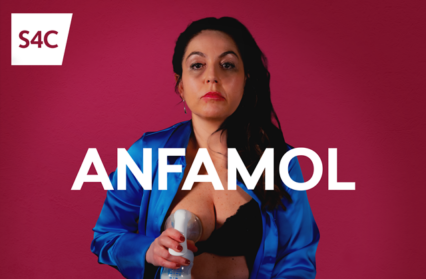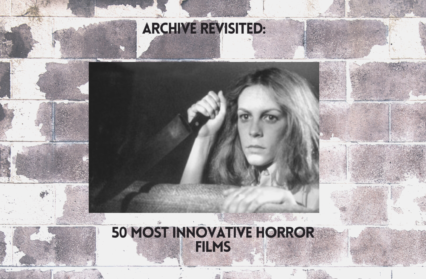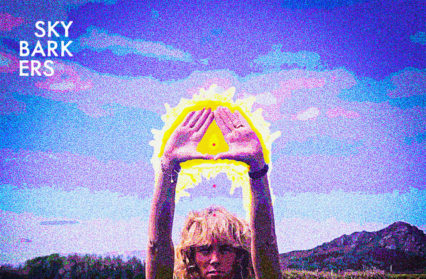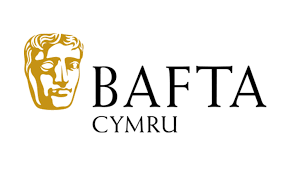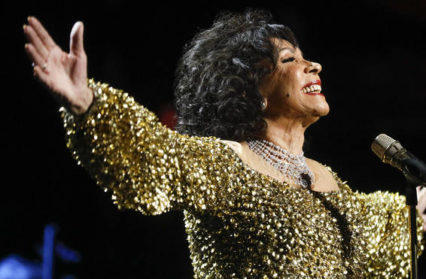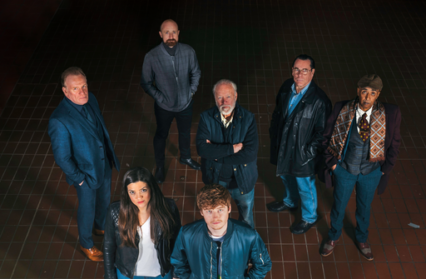Gary Raymond looks at S4C and BBC Wales’ Y Gwyll / Hinterland, and wonders why this Welsh-noir has been given an English-language counterpart.
S4C/BBC Wales/Fiction factory
Perhaps the hype invested into the new Welsh drama, Y Gwyll (Hinterland) has something to do with the fact the powers that be in Welsh television suddenly realised there was a type of popular drama that not only had the potential to be critically well-received but also was a type that Wales could do. It seems the prescription for this relatively new sub-genre of crime drama is ‘bleak; damned bleak, from top to bottom.’ The result was that somebody in a grey suit in some office somewhere took the bold step of allowing themselves to be convinced that Welsh television drama was something worth putting effort into. And Y Gwyll, at least in its toddler stage, with its toddler faults and wobbles, is certainly proof that the effort was worth it.
So let’s not bemoan the fact that Y Gwyll is neither as good as its press release, nor is it as good as the shows it references. At least not yet. In an era when British television drama rarely gives itself the room it needs to breathe, we should be thankful, if not bemused, that Y Gwyll exists at all (Kenneth Brannagh’s Wallander, the most sophisticated British-made drama of recent years, is perhaps the closest companion piece to Y Gwyll).
So, what have they come up with? A pretty solid, engaging and intelligently made thriller in the ‘Nordic noir’ mould. Every review you read will reference this because not only is it correct and a dominating element of the viewing experience, but the producers have done everything possible to make it clear what you’re in for if you tune in. It’ll be bleak, complex, character-driven, gory, unflinching, harsh and money-making. The ingredients to a Nordic noir are quite straight forward to spot, and apparently not all that difficult to bring together, either. It surely won’t be long before they are tiresome, in fact. Y Gwyll may end up being a parting shot of the popularity of this genre.
This story of a brutal murder and the gradual unravelling of the circumstances around it, dutifully ticks off the list of the genes that connect the likes of The Killing to Wallander and even Spiral and a little bit of Fincher’s Se7en. Richard Harrington plays DCI Mathias, whose first day on the job sends him to the blood and broken-tooth bedecked home of Helen Jenkins, the former manager of a children’s home. Harrington is a suitably weathered lead, his past dragging behind him silently and potently (or so we’re supposed to believe as seasoned readers of the glances and silences of enigmatic TV detectives). But he suits the all-important bleakness of the landscape – his sad eyes and gaunt jowls echo every hillside of yellowed grass and brittle naked tree branch.
It rains when it should in the world of Y Gwyll, when the bleakness needs heightening when Mathias is climbing down the banks of a ravine for instance to where he thinks a dead body may lie. Y Gwyll has been shot with real intelligence; simple, subtle and with both eyes focussed on the feeding of the atmospheric cloud over the piece. For this apparent intelligence, you can forgive the programme-makers their clichés, as genre is not about upturning clichés, but it is about delivering them with energy and respect (for the viewers as well as for the genre). For the most part, Y Gwyll does this. We may not need another mysterious figure living within the walls, but the context of where those walls are do lend a fevered poignancy to the device. We may not need another motley crew of professional investigators, but the first instalment of Y Gwyll moved at such a pace it seemed to be a genuine workplace, something achieved most successfully in the first two seasons of France’s excellent Spiral.
Central to that workplace is Mali Harries’ DI Rhys. She is the hometown girl, the watchful eye, and potentially the most interesting character, depending on just how perilous and traumatic the writers want this to get. She is no Sarah Lund, though, which is a good thing. Throughout the makers of Y Gwyll have resisted the temptation to adopt anything more exacting than the tone of the shows to which it is most easily compared. Rhys is a character waiting for her moment, played with considerable charisma by Harries.
The script is mature for the most part. It has a tendency to slip into exposition, and there are a few lines which stick out as inauthentic (‘she wanted to drive the devil out of the children, but she ended up driving him deeper into them’) but these are minor problems that The Killing also had, and will work themselves out as the writers hit their stride. For the main, this is a script that understands the genre, understands how much can be said in such tone-heavy circumstances with very few words. This is all solid stuff, the first steps of a series that could really mean something once it’s bedded in.
Now famously, Y Gwyll has a twin, a peculiar black sheep that for some reason the powers that be are keeping locked in the attic until some time in 2014. Y Gwyll, if you didn’t know, has been shot in both Welsh and English,and it’ll be interesting to see just what the English language version brings to the autopsy table when it airs on the BBC next year (a very peculiar scheduling decision). It is, apparently, a scene for scene reshoot in English. The inferior American Killing changed the action to America for the infamously isolationist American viewers. And Brannagh’s Wallander was a character-driven new take, and compliment to, the original Krister Henriksson portrayal. With Y Gwyll the actors and crew shot every scene in both languages as they went along. We are not promised two interpretations, just a rather smug and patronising second version in English which is no different to getting the actors to dub the roles themselves (and who, apart from martial arts fans, watches dubbed movies nowadays?). Of course, it will be impossible to tell what the English language version brings until we can see it, but on current evidence, it seems to have been made for people unable or unwilling to read subtitles (ie. they are flirting with American networks). But if that is not the reason (Y Gwyll has reportedly already been sold to Denmark, ironically, where it will need subtitles for either version), so you have to just wonder why they bothered?


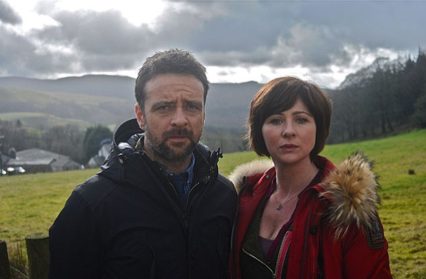
 Enjoyed this article? Support our writers directly by buying them a coffee and clicking this link.
Enjoyed this article? Support our writers directly by buying them a coffee and clicking this link.

